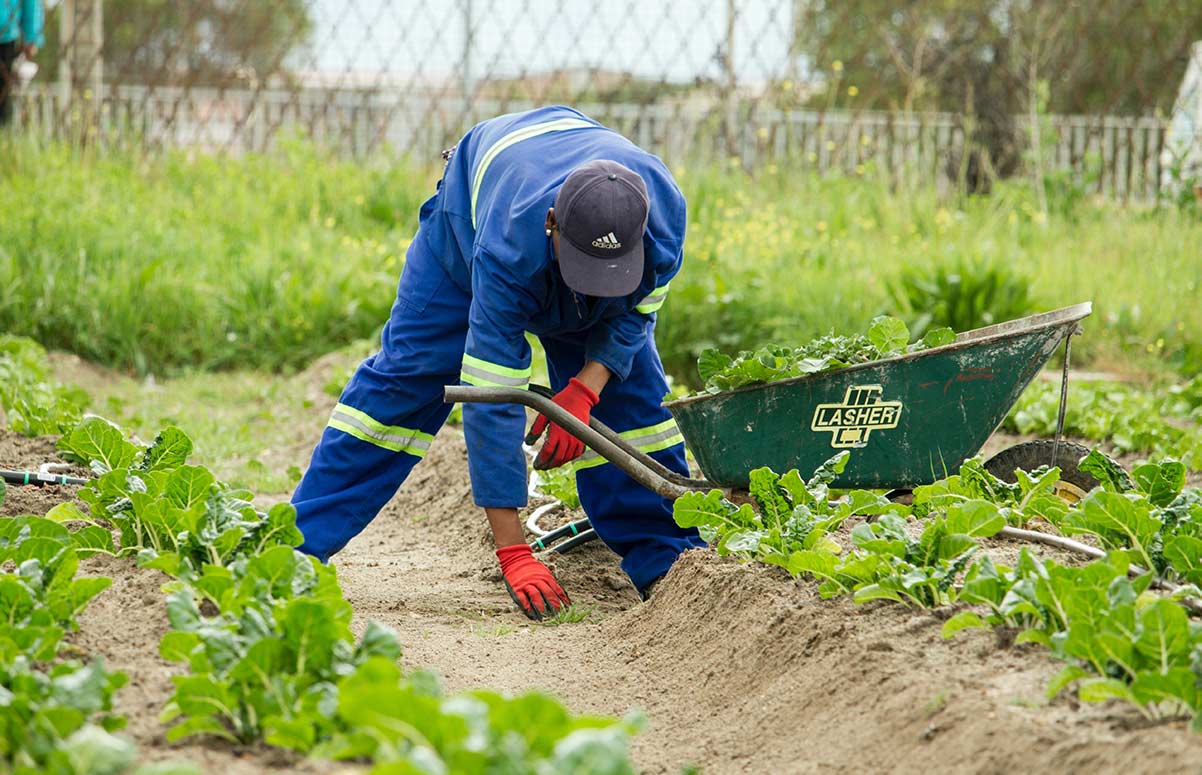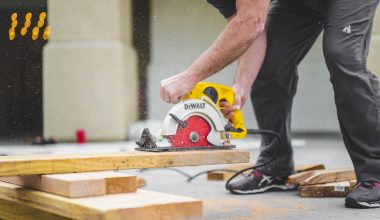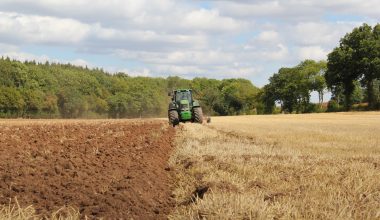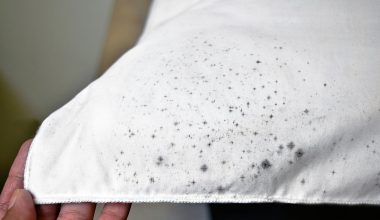Lawn weeds are the arch nemesis of any gardener, and can spoil a great lawn in a matter of months if left unchecked. What’s more, there are hundreds of different types of weed, each native to different parts of the US and each thriving in different types of lawns. In this article we’ll look at some of the main types of weeds, and how you can use weed killers to keep your lawn looking immaculate.
What’s the problem with weeds anyway?
Before we look at the types of weeds, lets first briefly discuss why they pose such a problem. On the most simplistic level, they are often considered to be unsightly by gardeners who are looking to keep things neat and tidy.
On a more sophisticated level however, they can crowd out the plants you are trying to grow, and can starve the soil of much-needed nutrients. This might not happen immediately, but because weeds grow so fast, a small problem can very quickly become a large one.
Broadleaf Weeds
Dandelion
Dandelion is a broadleaf perennial (meaning continually recurring) weed that is very commonly found on lawns. Easy to distinguish with its yellow flowers, these plants have a very long taproot under the soil. This makes them tricky to remove, and you’ll need to ensure you remove the weed and root in it’s entirety. The leaves are broad and deeply notched.
To control Dandelions, the most common approach is to remove them by hand. This can be tedious, but it’s one of the best ways to ensure the whole root is removed. Another alternative approach is to use a post-emergent weed killer. This needs to be very carefully applied to the leaves without touching nearby grass.
Clover
Despite it’s cultural significance, clover represents a real problem for the gardener. Easily distinguished from its tell-tale leaves, this perennial has white cluster flowers before it seeds. Interestingly, this weed does actually help the soil, by passing nitrogen back into the ground. Some farmers will actually grow it as part of a crop rotation to ensure nutrients are passed back into the soil in a natural way.
As with most weeds, small amounts can be removed by hand. There are a number of pre-emergent herbicides on the market designed to selectively target clover, so if you have a large problem then we would recommend you look to one of those.
Creeping Charlie
This low, creeping weed loves a shady bit of lawn. You can spot it from the small leaves and horizontal spread on the grass, almost like a carpet. In late spring, it flowers with small purple flowers, which help this perennial to spread further.
To combat it, we recommend removing small areas, or using a post-emergent spray herbicide to remove larger areas.
Oxalis
Oxalis is a perennial weed, with clover-like light green leaves and small yellow cup-like flowers. These can grow up to 20 inches tall, and thrive on lawns. Like any perennial weed these are a consistent problem, and you should look to remove them by hand the moment you see them. In small quantities these weeds are not toxic, but can be if consumed in large quantities.
Plantain
Another weed that enjoys a shady area of the lawn is the plantain. This perennial weed is easy to identify with wide broad leaves surrounding a low rosette. Seed storks will grow from the center, and form shoots up to 8 inches high.
These weeds produce a lot of seeds and spread fast, so are best removed as fast as possible. If you are struggling with a persistent problem, a good post-emergent weed killer spray should help you fight back.
Grassy Weeds
Crabgrass
Crabgrass is an annual grassy weed, which can grow 18 to 20 inches in height. This pesky weed is common all over the US, and thrives in sunny and shady areas. This weed is particularly problematic because it spreads so fast – each plant can produce 150,000 seeds so it can take over a lawn very quickly.
In small quantities, this weed is best treated by removing it by hand. If you have a larger scale problem, you can use pre-emergence lawn weed killers to selectively target this weed and preserve your turf.
Quackgrass
Quackgrass is a grassy perennial weed which grows to look like a wheat-y grass. It can get up to 3 feet high, and resembles a type of wild grass. Thriving in all areas of a lawn, this weed can get very troublesome for gardeners, as it seeds and spreads quickly.
Fortunately, it can be well treated at scale using a targeted pre-emergent lawn treatment. Applied during the early spring, these chemicals will target the quackgrass before it grows and preserver the turf.
Wrapping up
There are any number of weeds that can thrive on a lawn, and the battle between gardeners and weeds shows no signs of abating. That said, knowing your enemy is a significant step forward, and these days a number of great treatments exist for many of the most common weeds. Finally, another alternative growing in popularity is the “wild garden”, where all plants are left to thrive with minimal intervention. When planned effectively, this low-maintenance approach leads to a more environmentally friendly garden.






